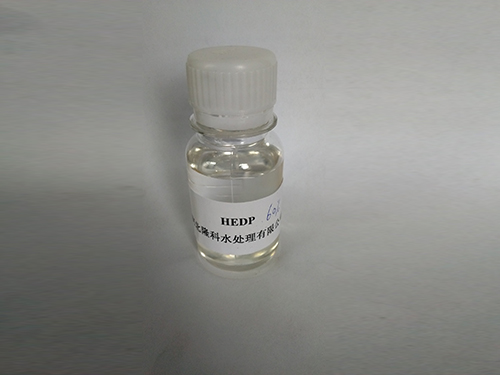Polyacrylamide Applications and Benefits | Your Comprehensive Guide
The Versatile Applications of Polyacrylamide
Polyacrylamide is a synthetic polymer widely recognized for its versatility and effectiveness in various applications across multiple fields. Its chemical structure allows it to form flexible, water-soluble chains, making it an essential material in industries ranging from water treatment to pharmaceuticals and agriculture.
The Versatile Applications of Polyacrylamide
In the field of agriculture, polyacrylamide serves as a soil conditioner that helps to retain moisture and improve soil structure. By enhancing the soil's water-holding capacity, it reduces the frequency of irrigation needed, promoting more efficient water use and mitigating drought conditions. Furthermore, polyacrylamide can prevent soil erosion, thereby maintaining agricultural productivity and supporting healthy ecosystems. Its applications in agriculture also extend to controlling nutrient leaching, ensuring that fertilizers remain within the root zone where they are needed most.
polyacrylamide use

In the pharmaceutical industry, polyacrylamide is used in drug delivery systems, where it helps to encapsulate drugs, enhancing their stability and bioavailability. Its hydrophilic nature allows for the sustained release of active ingredients, improving the efficacy of medications. Moreover, polyacrylamide gels are commonly utilized in electrophoresis for separating biomolecules, providing crucial support in research and diagnostics.
The versatility of polyacrylamide is also evident in its role in the cosmetic industry. It is often incorporated into skin care products and cosmetic formulations, where it acts as a thickening agent and helps to create a smooth, even texture. Additionally, it can hydrate the skin, enhancing its appearance and feel, which makes it a popular ingredient in many beauty products.
In summary, polyacrylamide’s multifaceted applications make it an invaluable resource across various sectors. From improving water quality and enhancing agricultural practices to advancing pharmaceutical formulations and cosmetics, its impact is far-reaching. As industries continue to innovate, the demand for polyacrylamide and its derivatives is likely to grow, underlining its significance in contemporary science and technology.
-
Understanding Polycarboxylic Acids: Properties, Applications, and Future PotentialNewsJul.28,2025
-
Scale Inhibitor Explained: How to Protect Your System from Limescale and Hard Water DamageNewsJul.28,2025
-
Scale and Corrosion Inhibitors: Essential Chemicals for Industrial Water System ProtectionNewsJul.28,2025
-
Polyaspartic Acid: A Biodegradable Polymer for Sustainable ChemistryNewsJul.28,2025
-
Isothiazolinones: A Versatile Antimicrobial Class with Industrial Power and Regulatory ChallengesNewsJul.28,2025
-
A Deep Dive into 2-Phosphonobutane-1,2,4-Tricarboxylic Acid (PBTC)NewsJul.28,2025





